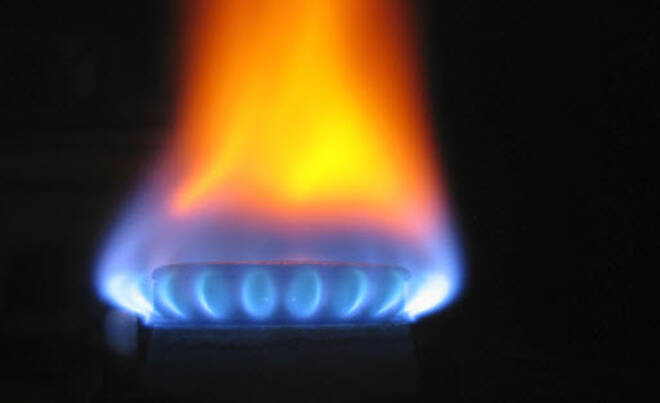Advertisement
Advertisement
Trading Natural Gas
By:
Intro
Natural gas in its most natural form is a gas as opposed to a liquid. Many are confused and equate this product to gasoline which is refined from crude oil and part of the distillation process.
Natural gas is found within the earth and is produced by drilling into the ground for extraction. Over the past 10-years the process of hydro-fracking has increased the availability of natural gas by drilling and then driving water and silica into the ground in an effort to break up shale and release methane.
Natural gas prices are domestic. Since natural gas is in gas form, it is hard to move or store. To transport natural gas it is generally pushed down a pipeline. This means that either private or government groups need to build pipelines to move it from one location to another.
In the United States, who is the largest producer of natural gas in the world, private companies build and own pipelines and generate income from tolls that are paid to the company every time natural gas is transported.
Natural gas is traded throughout the world. The U.S. has the most liquidity when it comes to natural gas trading. The product is traded at location throughout the country, with the most liquidity at Henry Hub in Louisiana, where the NYMEX Natural gas contract is traded.
The NYMEX natural gas contract is traded in millions of British thermal units or MMBTU’s. One natural gas contract has 10,000 MMBTU’s. The liquidity is robust and the contracts are traded out 10-years. For the first 2-years the contracts are traded by individual months and then they become annual.
As mentioned, natural gas is traded throughout the country at many different locations. The price that is used is generally traded as a basis to the NYMEX contract. For example, the Houston Ship Channel price is traded at a discount to the NYMEX by 25 cents per mmbtu. Many locations that are close to the Henry Hub have liquid basic. Locations that are attached to major pipelines such as the Transcontinental pipeline, have very liquid basis to the NYMEX. As you can imagine, the further a location gets away from a major pipeline, the less liquid the basis comes.
Natural gas is traded as a physical product as well as a derivative product. Since natural gas is used in most locations, the physical delivery of the product requires trading that is delivered. To hedge against price movements, many traders trade natural gas as a derivative. This includes futures, forward and options. NYMEX natural gas has a very active derivative market.
Most major basis locations such as New York and Chicago, as well as Southern California and Texas have active and liquid derivative markets. Basis trades are transacted both in the futures markets as well as, via over the counter transactions.
The New York Mercantile Exchange and the Intercontinental Exchange are the largest clearers of natural gas futures and basis trades in the world. NYMEX natural gas is also traded activity by many brokers who provide pricing that is linked to the movements of the contract. This is pervasive around the globe and allows investors to take positions in a commodity that is very pertinent to the economy in the United States.
About the Author
David Beckerauthor
David Becker focuses his attention on various consulting and portfolio management activities at Fortuity LLC, where he currently provides oversight for a multimillion-dollar portfolio consisting of commodities, debt, equities, real estate, and more.
Advertisement
